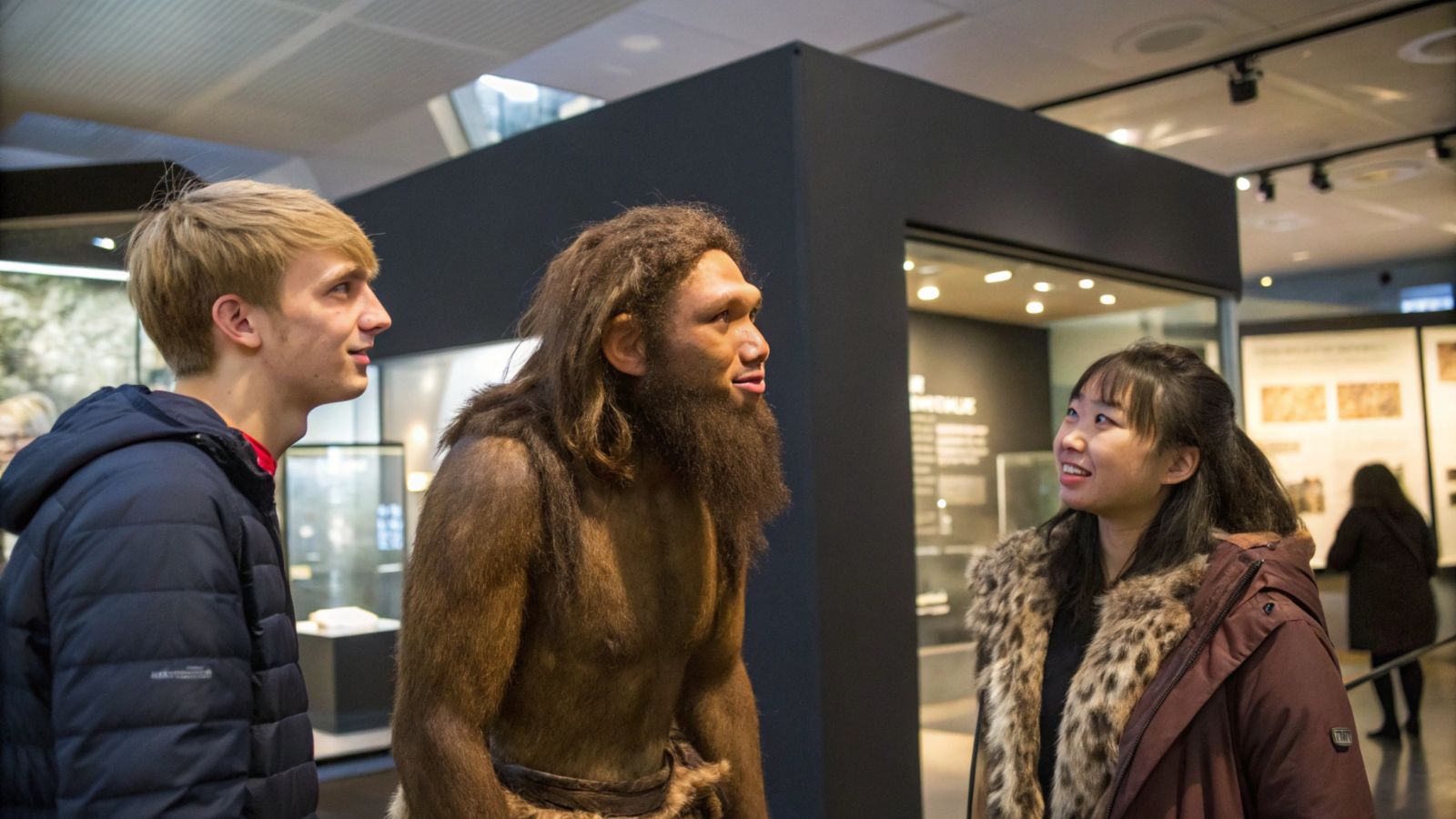Follow us on Google News (click on ☆)

Between 50,500 and 43,000 years ago, Homo sapiens and Neanderthals shared a unique moment in history. These encounters, spanning approximately 7,000 years, facilitated genetic exchanges that today represent between 1 and 2% of the DNA in Eurasian populations.
The analysis of 58 ancient genomes and contemporary DNA has allowed researchers to refine this period of genetic mixing, pinpointing it to around 47,000 years ago. These findings also shed light on the migratory routes taken by early humans as they left Africa.
Modern tools, such as analytical models developed by researchers, have shown that these interactions were not limited to a single event. The exchanges were likely complex, involving multiple groups separated across time and space. This would explain why East Asian populations possess approximately 20% more Neanderthal genes compared to Europeans.
The rapid disappearance of certain Neanderthal genes, known as "Neanderthal deserts," is puzzling. These genetic regions devoid of Neanderthal heritage are thought to be the result of biological incompatibilities between the two species, while other genetic segments may have provided adaptive advantages.
Among the significant genetic inheritances, genes related to immunity, skin pigmentation, and metabolism played a key role. Some, such as those linked to resistance against viruses like the coronavirus, remain relevant in modern contexts.
This evolutionary dynamic goes beyond the Neanderthals. East Asian populations also show traces of DNA from Denisovans, another hominin group. These discoveries help retrace human adaptations over millennia, incorporating elements inherited from our prehistoric "cousins."
These scientific advances offer a unique window into human evolution, where past interactions continue to shape our present. Through our genes, a part of our shared history resurfaces.